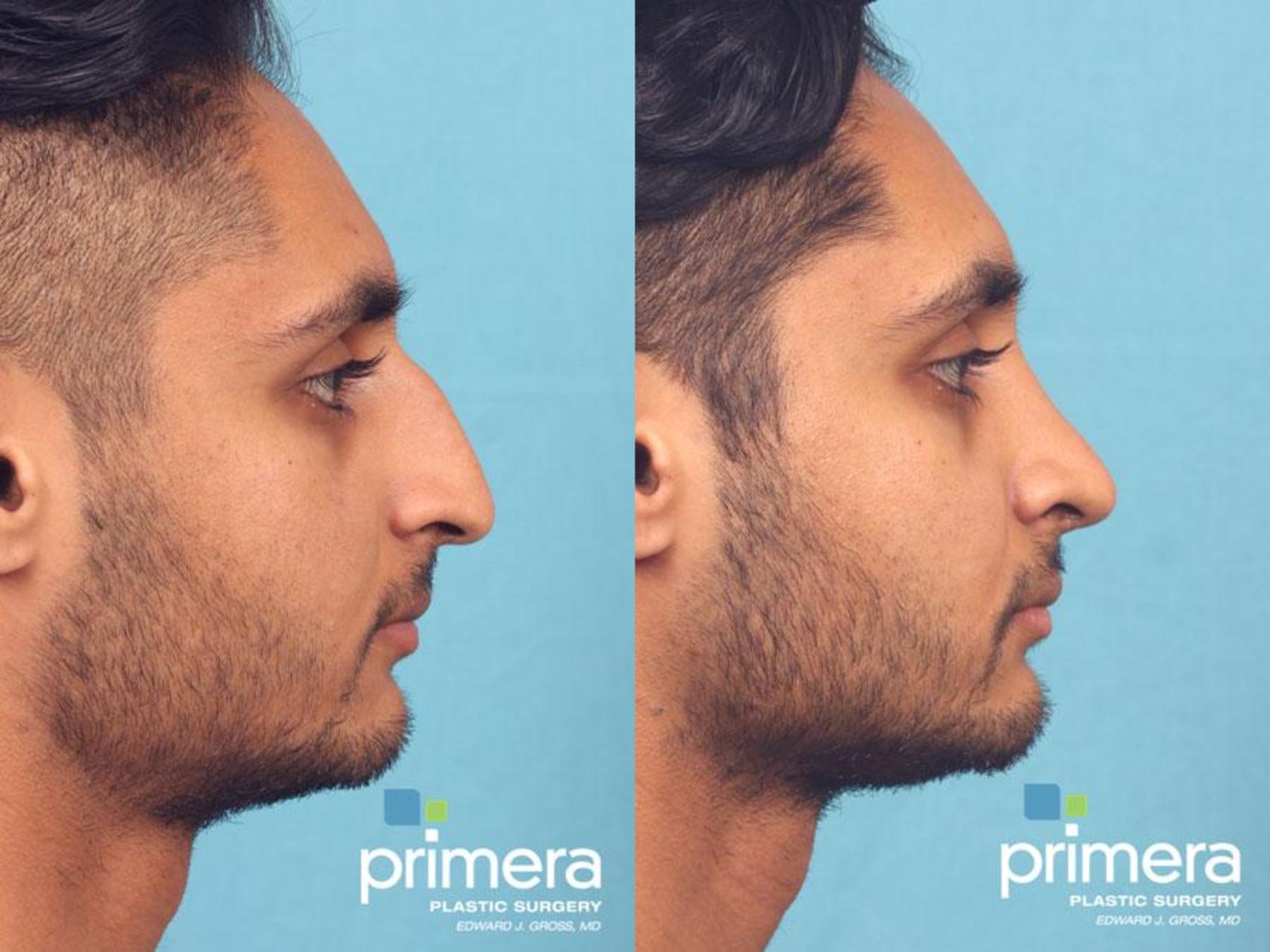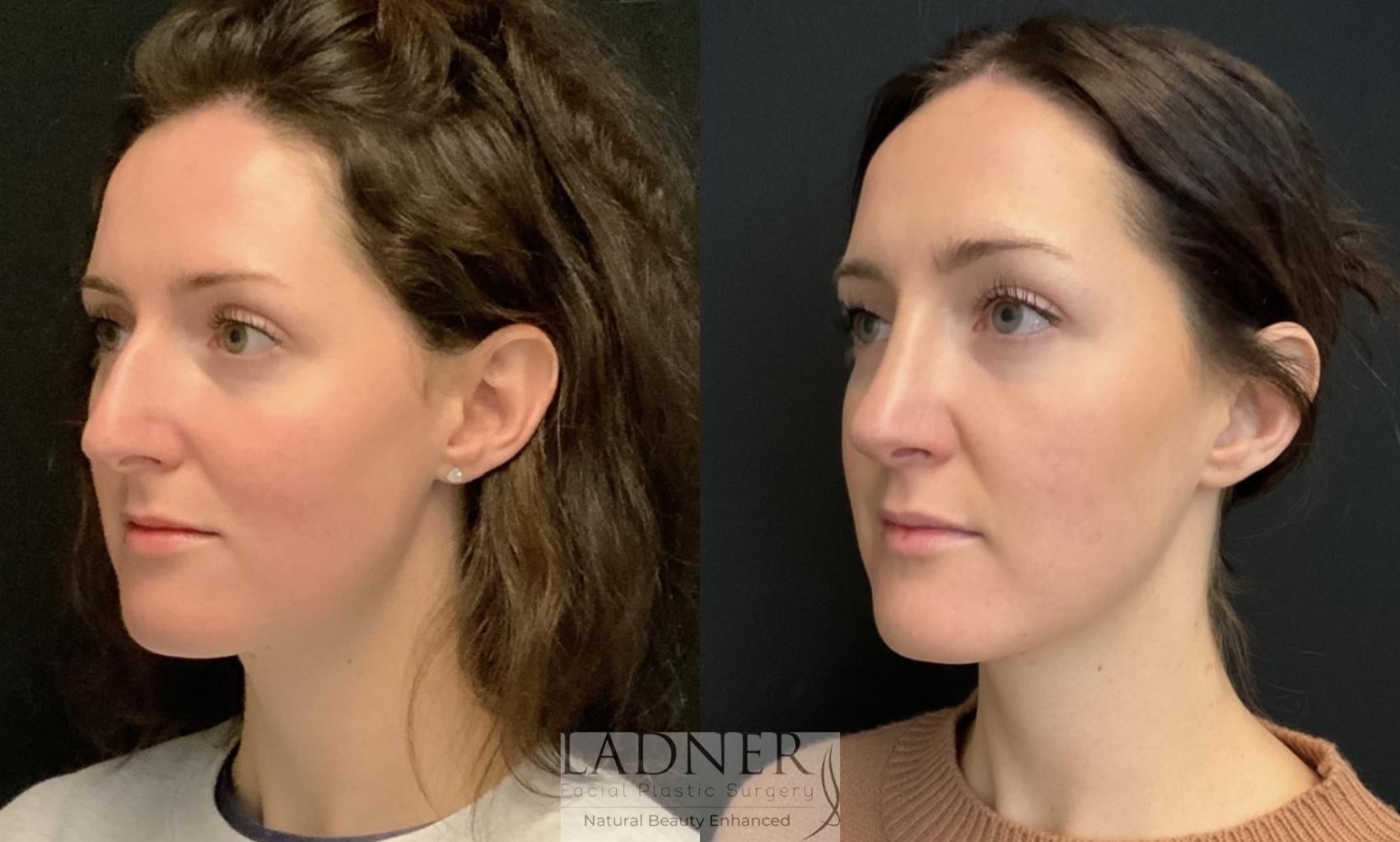The US healthcare market is one of the most advanced in the world, where medical professionals constantly seek ways to stand out.
This article explores how different specialties—general surgery, rhinoplasty, gastrointestinal diagnostics—are evolving in the American market, and how tools like Google Ads help doctors reach the right patients.
Let’s begin by examining the world of general surgery and its role in today’s healthcare market.
General Surgery Trends in the US
Recent trends show increasing specialization within general surgery, with more surgeons focusing on minimally invasive techniques, robotic surgery, and outpatient procedures.
This change has also heightened competition, as patients now have more choices and expect faster recovery and lower costs.
For general surgeons to remain competitive, clinical expertise must be paired with business acumen.

Why Rhinoplasty Is Booming in America
Rhinoplasty, or nose reshaping surgery, has become one of the most sought-after cosmetic procedures in the US.
This shift has increased patient satisfaction and expanded the candidate pool beyond traditional demographics, including more male and older patients.
Highlighting before-and-after galleries, patient testimonials, and expertise on clinic websites can build trust and drive consultation bookings.
How Endoscopy Shapes Gastroenterology in the US
Endoscopy has revolutionized gastrointestinal care by providing minimally invasive ways to examine the digestive tract.
Technological advances have expanded endoscopy’s capabilities.
Combining medical excellence with proactive outreach builds patient trust and increases screening rates.

How Google Ads Is Changing Medical Marketing for Doctors
By bidding on targeted keywords and setting location-based campaigns, clinics can increase visibility and attract the right audience.
Doctors need to craft compelling ad copy, select relevant keywords, and optimize landing pages to convert clicks into bookings.
Effective digital advertising bridges the gap between excellent clinical services and patient awareness, driving growth across medical specialties.
Integrating Medical Services with Digital Strategies
Practices that combine reputation management, search engine optimization (SEO), and paid advertising like Google Ads build stronger, more sustainable businesses.
For example, a general surgery clinic can use educational blog posts and local SEO to attract patients searching for hernia repairs or gallbladder removals.
The key is to create a unified brand message across all platforms.
Final Thoughts on Combining Medical Excellence and Marketing
The US healthcare landscape is vast and competitive, but opportunities abound for clinics that combine medical skill with smart business strategies.
Simultaneously, adopting effective marketing strategies ensures those services are visible and accessible to the patients who need them.
Clinics that commit to ongoing improvement, both medically and operationally, are positioned not just to survive but to thrive.
Common Questions About Healthcare Marketing and Strategy
How do general surgeons increase patient volume?
Combining clinical excellence with smart marketing increases visibility and trust.
Why is rhinoplasty so popular in the US?
Rhinoplasty appeals to patients for both aesthetic and functional reasons, including improved breathing, facial harmony, and self-confidence.
Why is endoscopy critical for patient care?
Regular screenings, like colonoscopies, play a key role in preventive healthcare.
What advantages does paid digital advertising offer doctors?
With proper management, Google Ads can deliver measurable ROI and practice growth.
What trends should medical practices watch?
The future of medical marketing includes greater use of AI for patient targeting, more emphasis on personalized content, and integration of social proof like reviews and testimonials.
saber mais Tendências de tecnologia na saúde no Brasil
Comments on “The Dynamic Healthcare Landscape in the USA: How Surgeons, Cosmetic Surgery, Endoscopy, and Google Ads Are Revolutionizing Medical Practices”